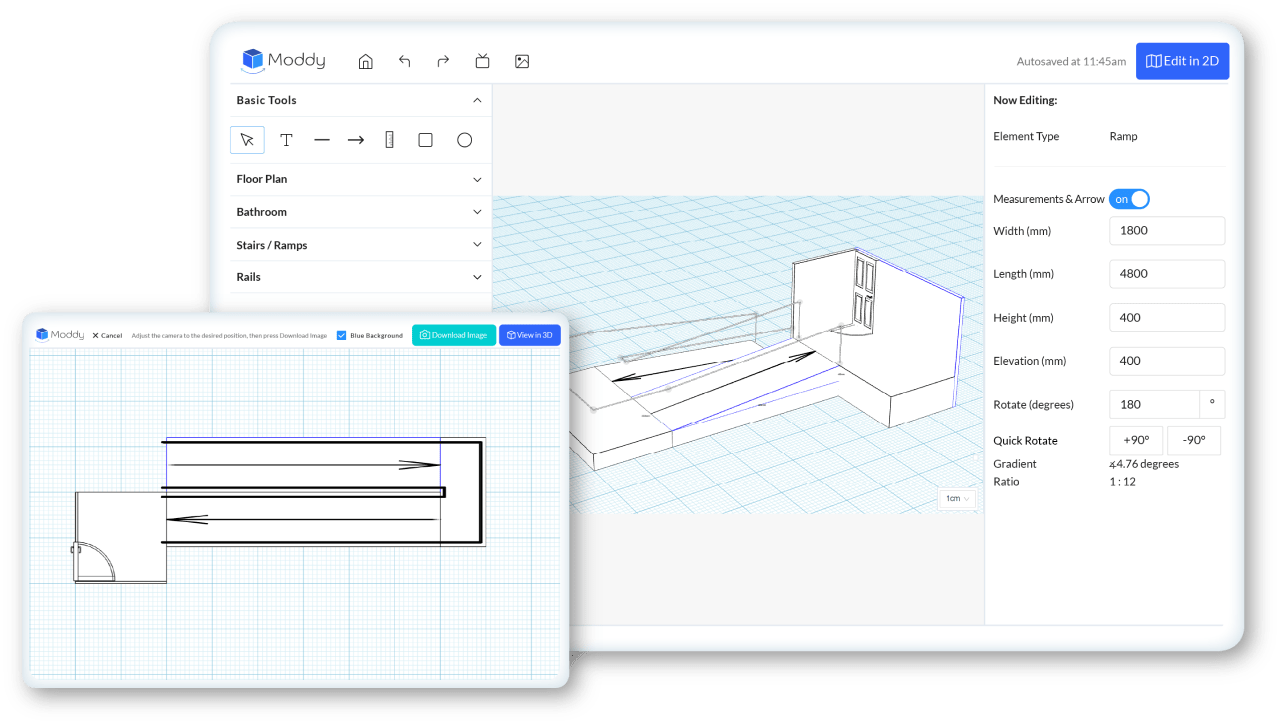Aged Care Home Modifications
Older adults living with chronic diseases or disabilities often require support from an Occupational Therapist to improve the safety and accessibility of their home.
This support includes the design of minor and major home modifications.
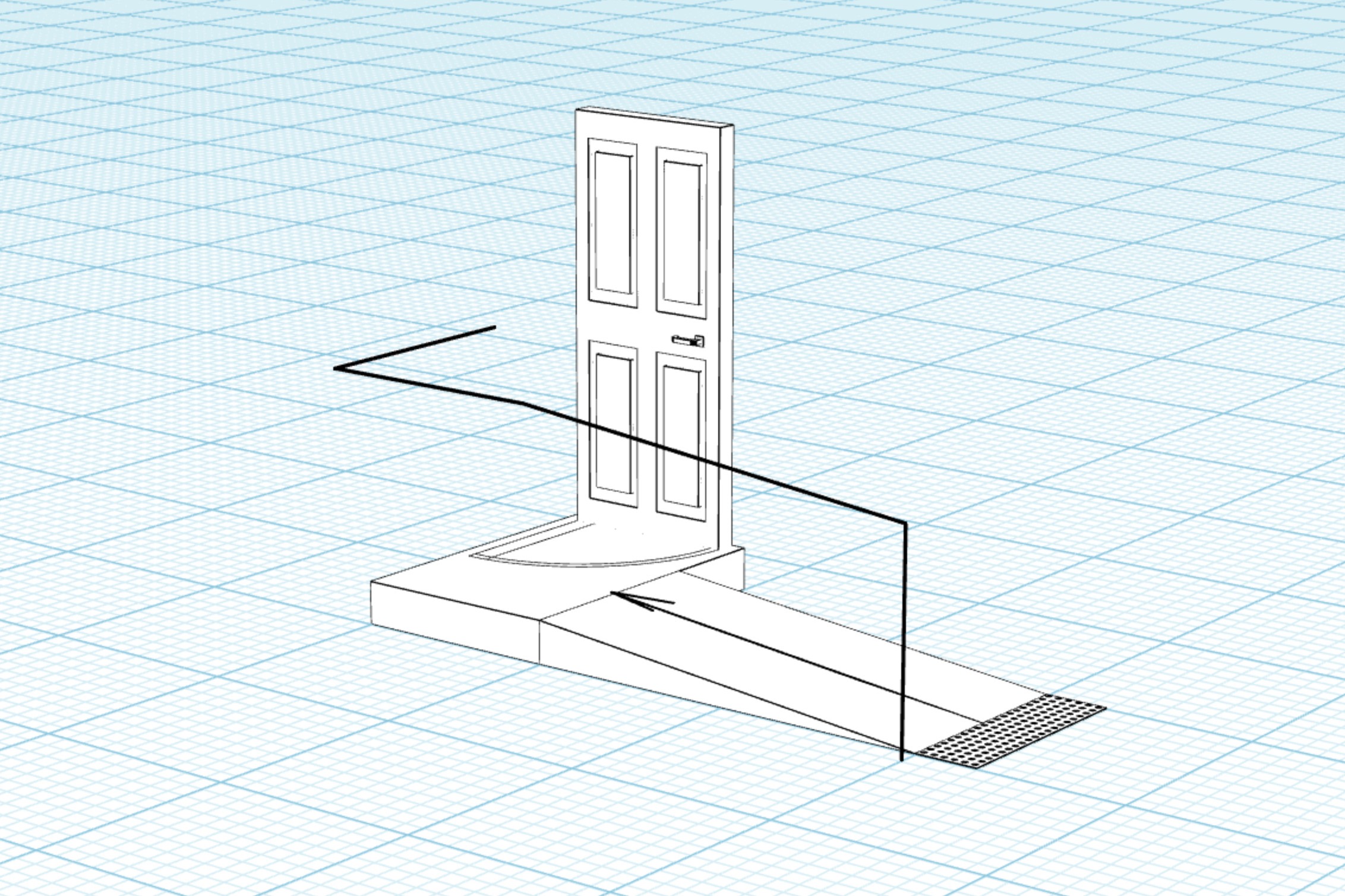
In Australia, aged care funding mechanisms exist, such as community aged care programs.
These programs allow for Occupational Therapists to be funded to provide home modification assessments and prescriptions for builders and other tradespeople to complete both minor and major home modifications.
Funding Schemes for Aged Care Home Modifications
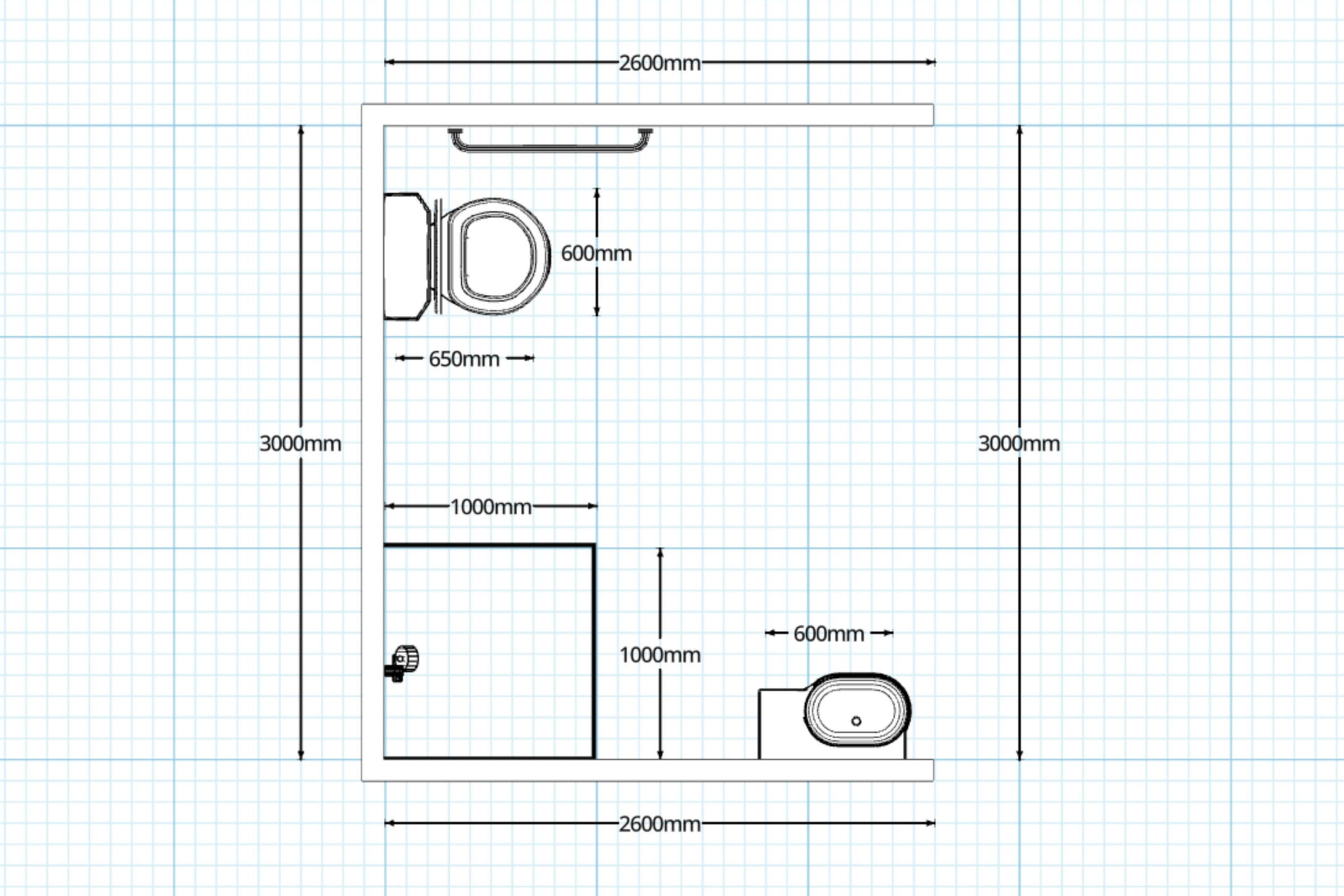
1: The Commonwealth Home Support Program (CHSP)
The CHSP is a federally funded funding mechanism for older adults living with minor care needs.
CHSP funding allows allied health professionals, such as Occupational Therapists to support older adults to live a more independent and safe life at home. CHSP funding categories exist for home modifications, and there are certain funding level caps per year.
2: Home Care Package Program (HCP)
HCP is a funding program with four levels that increase in funding depending on the complexity of care needs for the older adult.
Just like CHSP, allied health professionals, such as an Occupational Therapist, can be funded to support an older adult to achieve their meaningful goals to be able to live at home longer and better.
One of those support categories that can be funded is the assessment and provision of home modifications. There are certain restrictions around what home modifications can be funded, and these are contained within the Home Care Package manual.
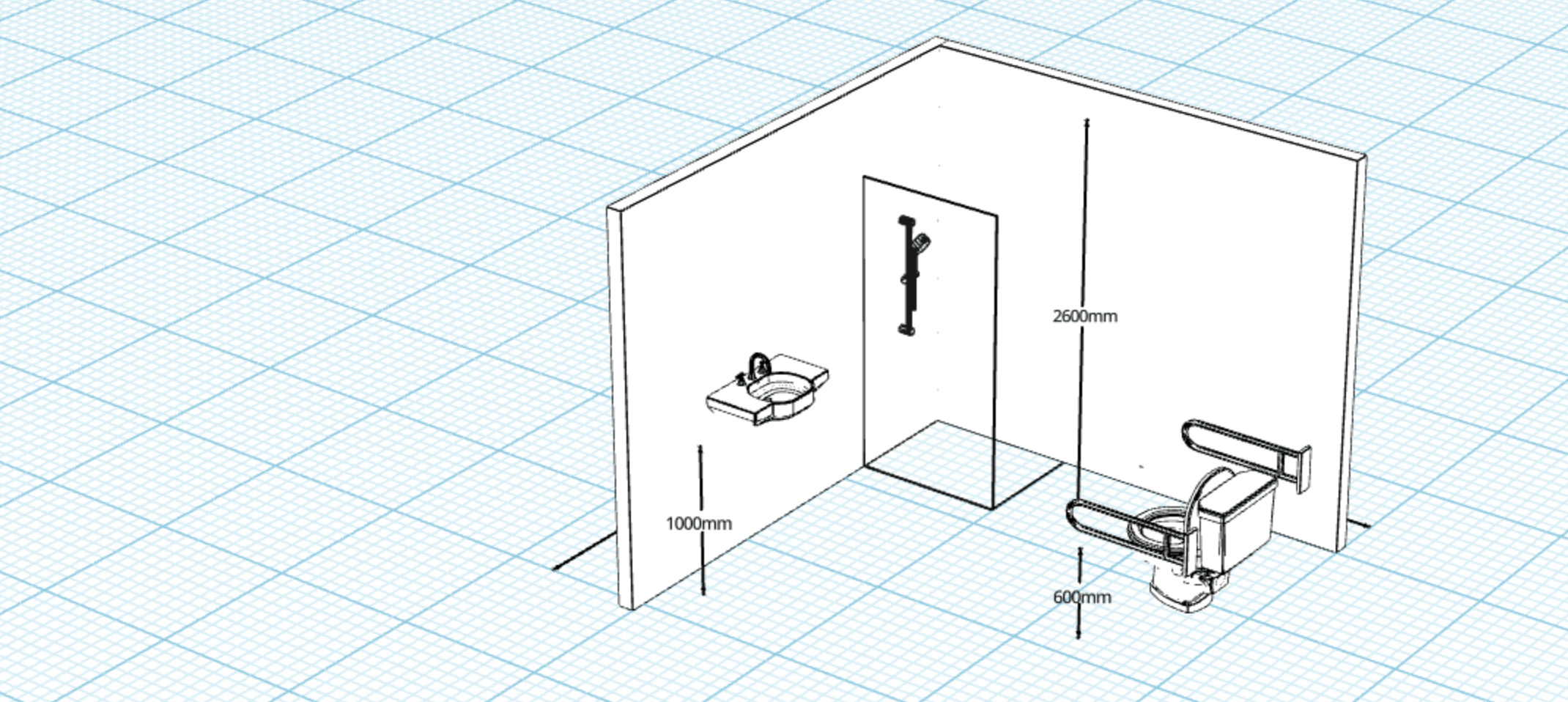
At the time of writing (May 2023), there is significant aged care reform underway in the community aged care sector called the Support at Home reform, where programs such as CHSP and HCP will be amalgamated from 1 July 2025.
The Role of Occupational Therapists in Aged Care Home Modifications
An Occupational Therapist will work with an older adult to determine the safety of their home environment, including internal and external to their property.
The Occupational Therapist is looking to ensure that the older adult can be independent and as safe as possible in completing all areas of their activities of daily living.
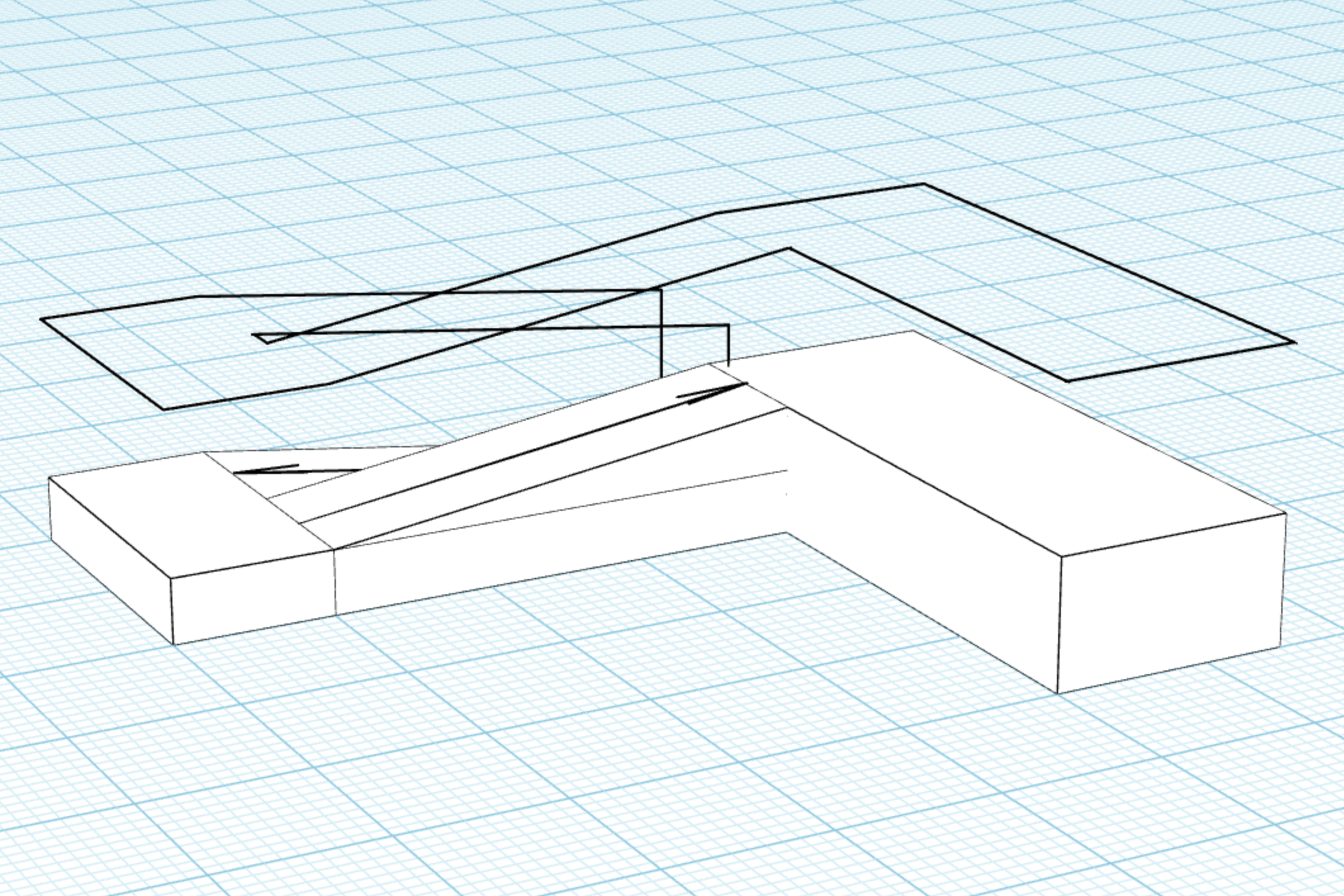
This includes:
- Safely entering and exiting the bathroom
- Completing personal hygiene tasks like showering and toileting
- Independently leaving the home
- Walking up the driveway
- Retrieving mail from the mailbox
- Bringing it back inside
These tasks are essential for maintaining independence and safety at home.
An Occupational Therapist assesses all aspects of a person’s life to determine necessary modifications for maximising independence in daily activities.
Areas of the Home That Are Commonly Modified
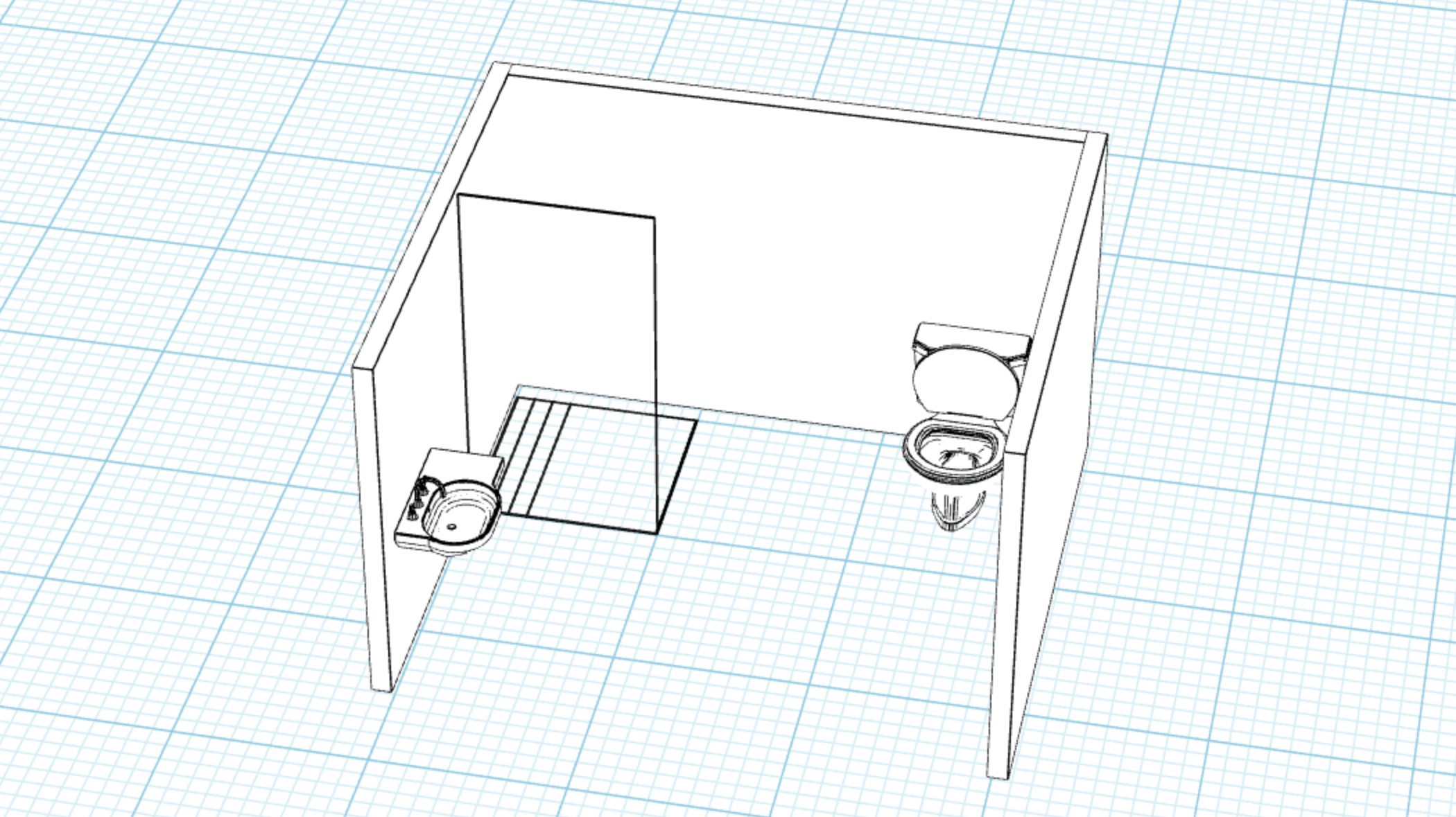
The most common home modifications include, but are not limited to;
- Threshold ramps
- Major ramps, grab rails
- Handrails
- Major bathroom modifications
- Minor bathroom modifications
Moddy was specifically designed to support Occupational Therapists to design both minor and major home modifications.
Aged Care Assessments for Home Modifications
An aged care home modifications assessment completed by an Occupational Therapist is quite a comprehensive process, especially if it is a major modification.
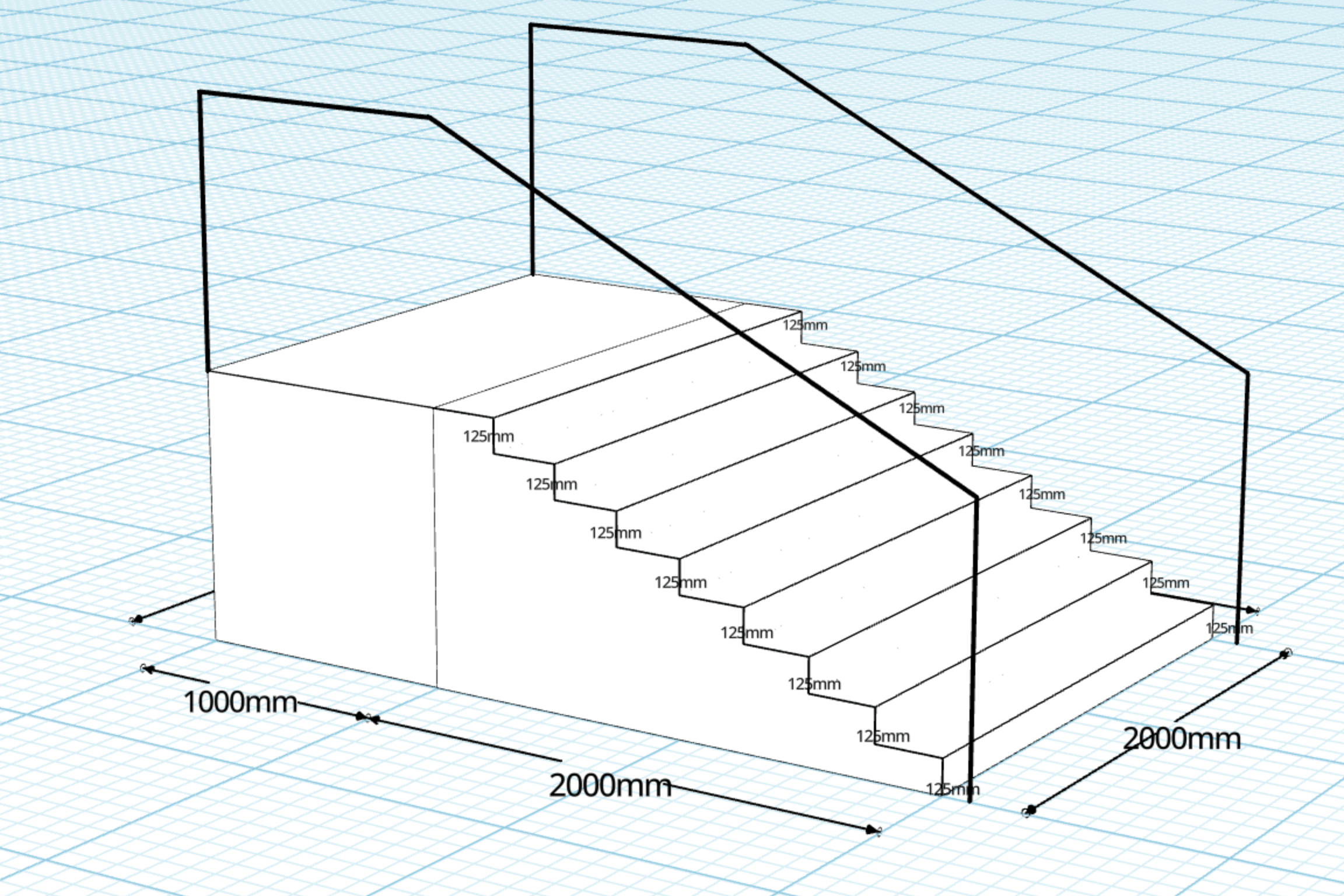
The assessment begins with a home visit where the OT conducts a evaluation of the individual and their life situation.
The home environment is assessed to identify necessary modifications.
After the assessment, a follow-up visit is usually needed to take detailed measurements for a home modification plan.
This plan, often created with software like Moddy, includes a document outlining the work scope and clinical rationale.
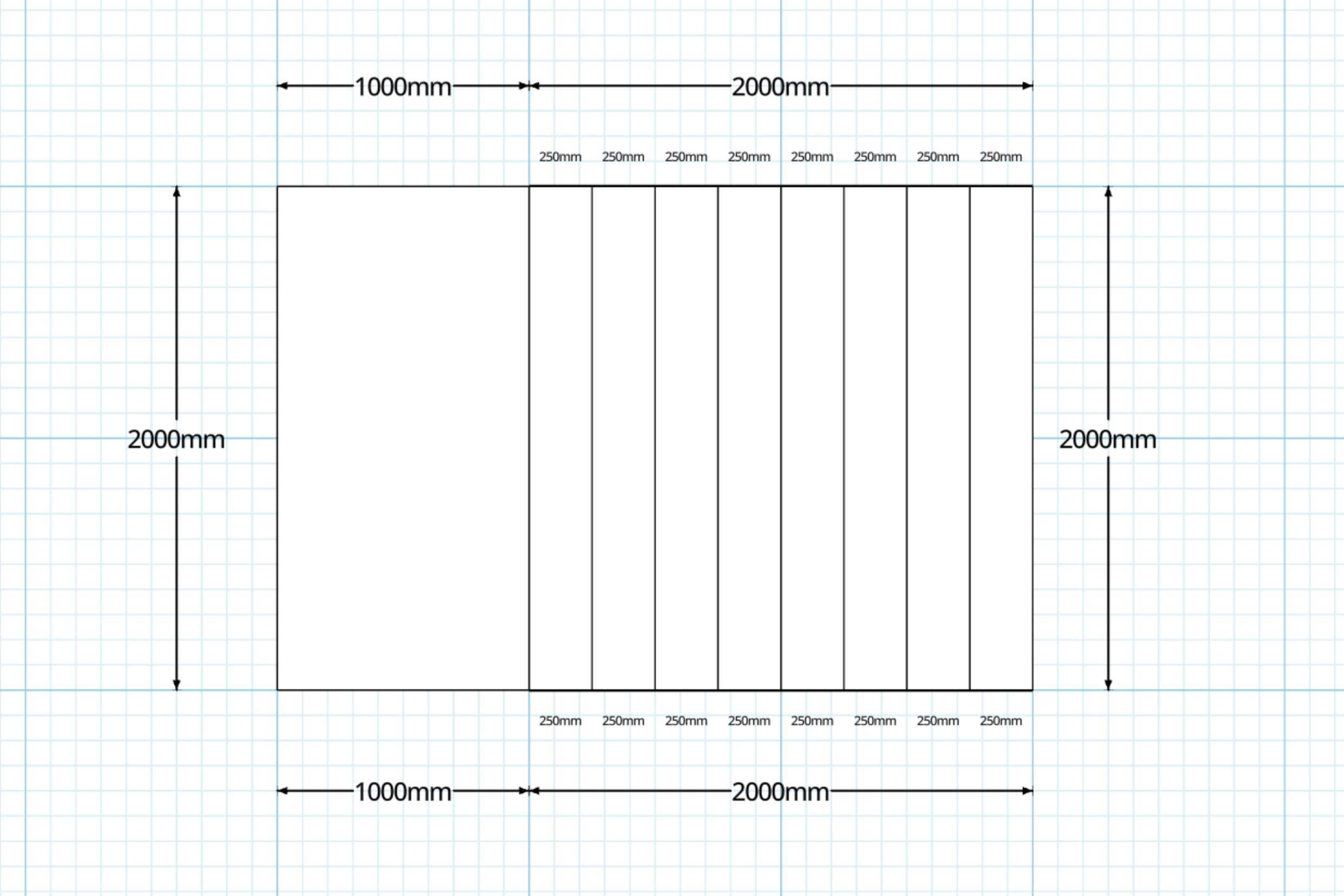
In some cases, a joint visit with a builder and the Occupational Therapist may be necessary for complex modifications.
The OT designs modifications based on clinical indications and the individual’s specific needs, while the builder ensures that the designs meet building code requirements.
By collaborating during a joint visit, the OT and builder can make any necessary adjustments to the design, ensuring it aligns with both clinical indications and building codes.
The resulting diagrams, reports and documents are submitted to the aged care package provider to support the approval of works to commence and be paid for.
Offering Aged Care Home Modifications as a Business
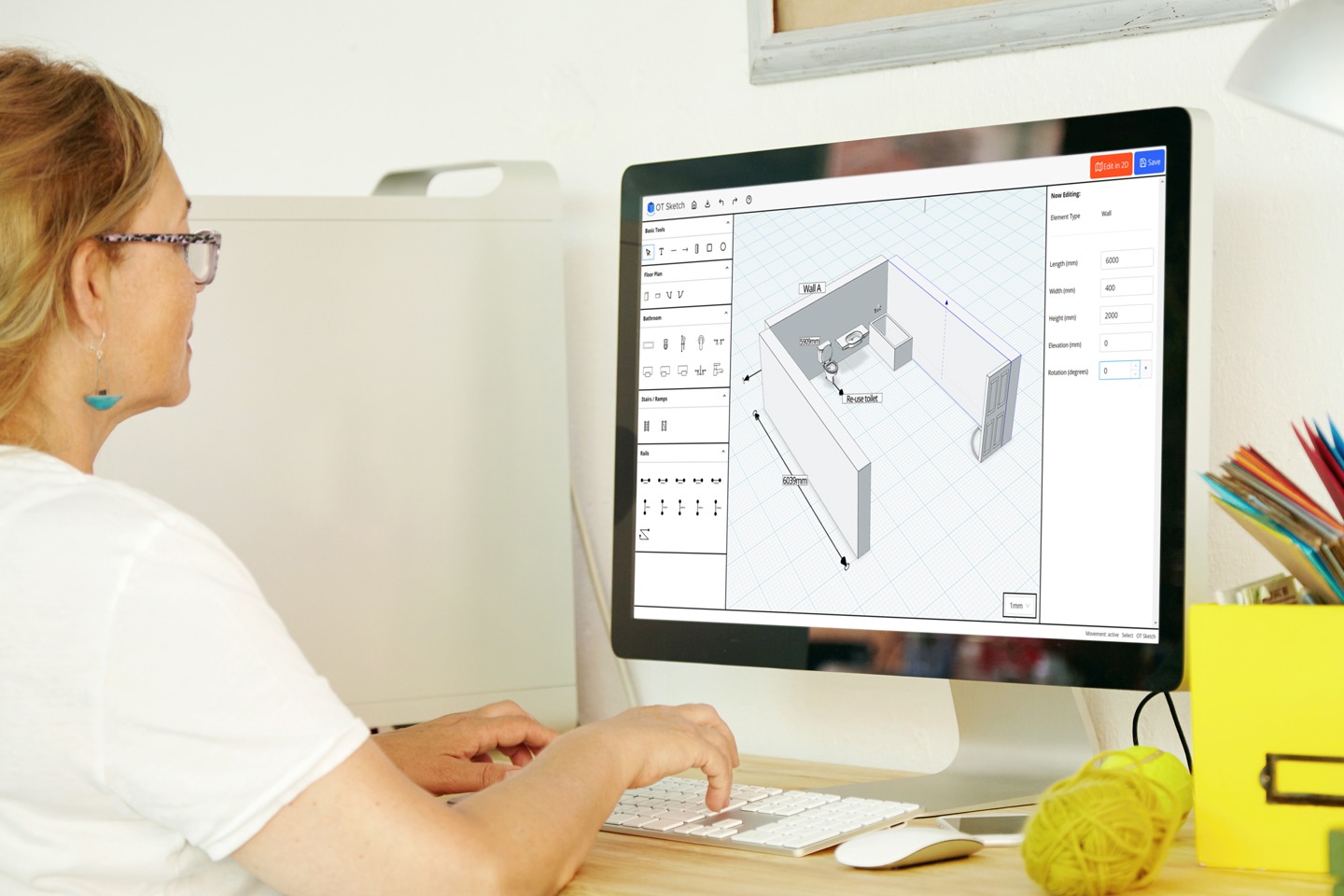
An OT company or OT as a sole trader first needs to be proficient in home modifications as well as professional home modifications processes, templates and workflows.
The first step is to ensure OTs providing modifications work within their scope of practice or are supported by senior OTs if expanding their scope.
With the necessary skills, an Allied health company can partner with aged care providers to conduct home modification assessments under aged care funding schemes.
Understanding the Role of MyAgedCare
MyAgedCare serves as the primary government body supporting community and residential aged care funding schemes, ensuring that consumers receive appropriate funding levels based on assessments.

In the realm of community aged care, older adults seeking support through funding schemes can self-refer or be referred to MyAgedCare.
The initial step involves a phone assessment conducted by MyAgedCare to determine the need for an in-person assessment.
This assessment is carried out by a member of the MyAgedCare team known as the Aged Care Assessment Team or Regional Assessment Service. These professionals evaluate the individual’s requirements and ascertain the level of funding required, such as through programs like CHSP or HCP.
Additionally, they may recommend clinically indicated services, including home modifications.
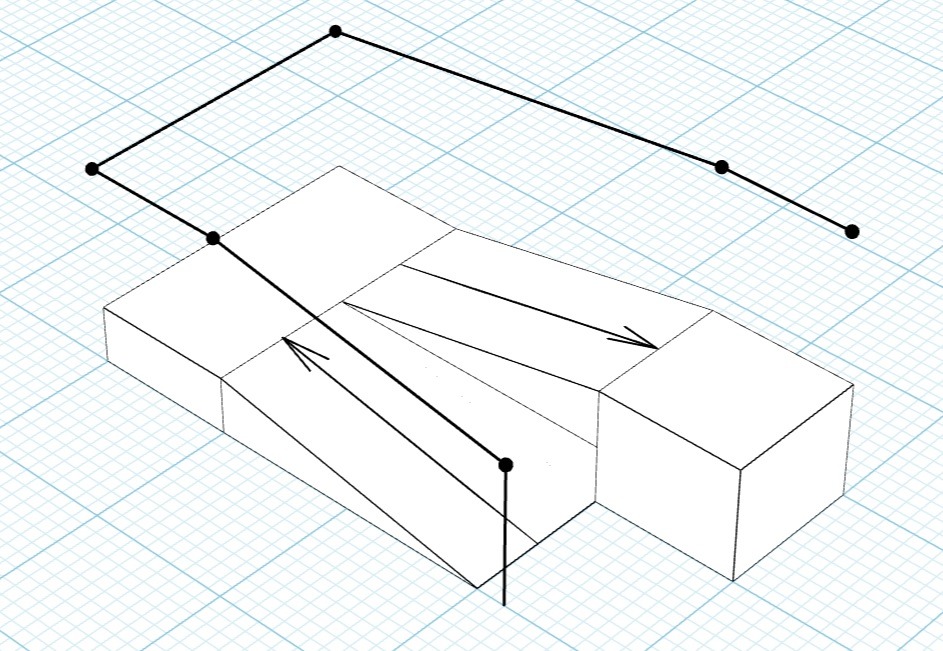
After an older adult’s funding level is approved and they receive a package from an approved aged care provider, they can be referred to an Occupational Therapist.
The OT conducts assessments and creates home modification plans. Subsequently, they submit their report, home modification drawings, and relevant documents to the approved aged care provider.
The provider collaborates with the OT to involve a builder or tradesperson, either employed by the provider or contracted, to handle the required home modifications.
Templates Occupational Therapists Will Use to Complete Aged Care Home Modifications

An OT conducting a home modification assessment will typically use an Occupational Therapy assessment or functional capacity assessment to complete a comprehensive assessment of that person (view and download templates HERE).
They will then also use a home modifications assessment and scope of works document and complete a home modifications design using software such as Moddy.
Learning Standards and Processes for Aged Care Home Modifications
OTs can learn the correct standards or improve their knowledge of home modifications and design through courses provided by Occupational Therapy Australia or other training providers.
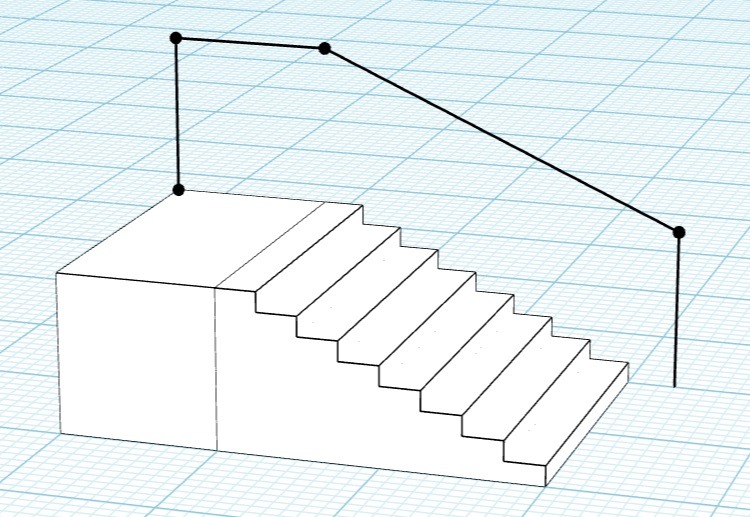
An OT is also able to do self-directed study by reading the building standards and importantly, as with all other areas of scope of practice, an OT will typically learn a lot of their skills under the supervision of a more experienced Occupational Therapist and through their own reflective practice.
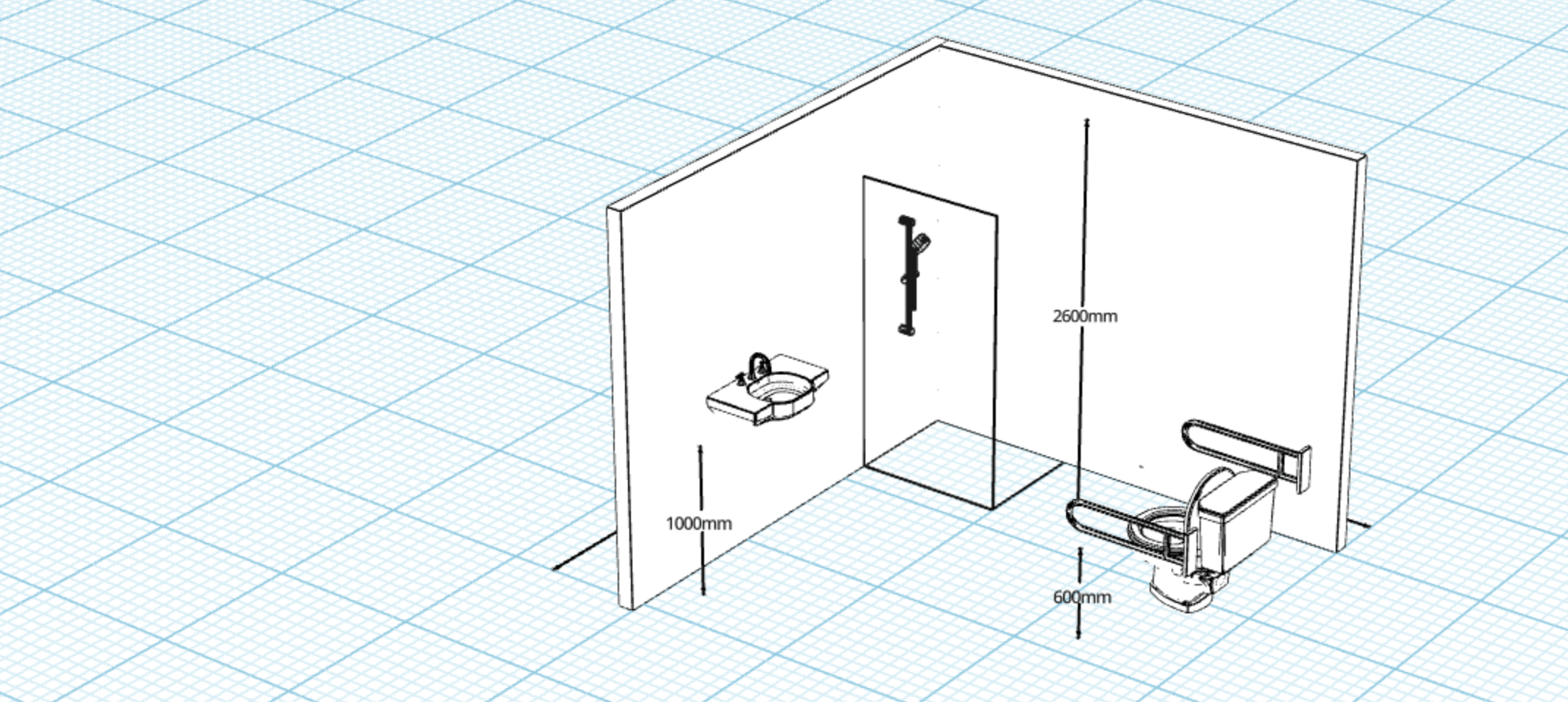
An OT needs to be registered with AHPRA and it is their choice of whether they are registered with their national association, which in Australia is Occupational Therapy Australia.
Software for Creating Professional Home Modifications
There are several types of software on the market to complete home modification designs, one of those being Moddy.
There are other pieces of software typically used by architects such as CAD software, however, this is typically far beyond the scope and technical skills and even requirements of an Occupational Therapist.
Moddy is a web-based software, which is specifically designed for Occupational Therapists to complete professional Occupational Therapy home modification designs.

